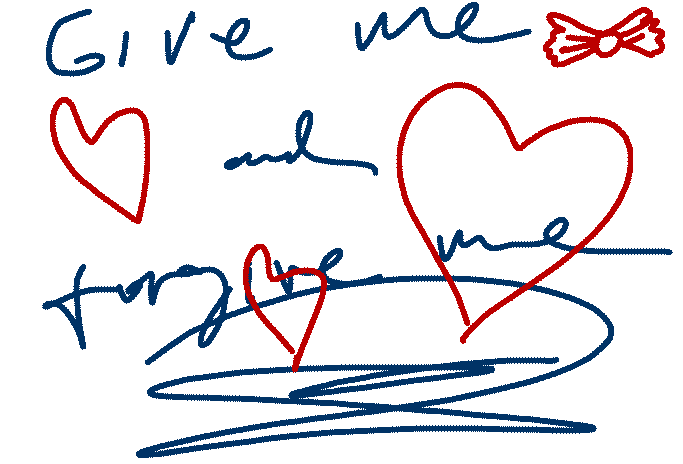Tennis fashion brands serve up a healthy return for players
- Tennis fashion has broadened its base to become part of the high street offering
- Grand slam greats Rene Lacoste and Fred Perry launched their own clothing companies
- Fellow legend Bjorn Borg proved a style icon and has also got his own fashion brand
- Maria Sharapova and Roger Federer have their own clothing ranges with Nike
(CNN) -- Tennis and fashion have been inextricably linked since the sport's early years of organized competition just before the turn of the 20th century.
When French legend Suzanne Lenglen had to audacity to wear a knee-length skirt at the 1919 Wimbledon Championships, the ripples were felt in wider society.
Fast forward to 2010, and her modern equivalent as the queen of style, Maria Sharapova, has just signed a record $70 million endorsement deal with sportswear giants Nike.
Integral to the deal was the introduction of a special tennis clothing line, designed by the Russia-born, U.S.-based player, for which she will get a share of the profits.
--Jez Frampton, CEO Interbrand
"It's really incredible to be able to bring these looks that I love to so many women," the 23-year-old said at its subsequent launch.
The highs and lows of the Williams sisters' wardrobe
Sharapova, who is the hottest property in women's sport, has always been a dedicated follower of fashion -- and wowed audiences at the 2007 U.S. Open with a stunning red dress, encrusted with no less than 600 Swarovski crystals.
She suffered a shock loss in the third round, but was certainly the winner in the style stakes.
Federer's fashion faux-pas?
However, tennis fashion sense is not confined to the female elite, and men's world number one Roger Federer has certainly provoked a reaction with his Wimbledon collection.
Last year, on the way to his fifth crown at England's famous SW19 courts, the Swiss superstar sported a special clothing line which brought much comment if not universal admiration.
"His tennis may be nearly faultless but Roger Federer proved once again that his fashion sense often lands wide of the mark," quipped Britain's Daily Telegraph.
But with respect to Federer and Sharapova, they still have some way to go before matching the sartorial successes of the legendary Fred Perry, and Rene Lacoste, one of the famous "Four Musketeers" from France.
After his successful playing career, Perry -- Britain's last grand slam winner back in 1936 -- was credited with inventing the sweatband. Inspired by his success, he then designed a sports shirt with the distinct self-titled logo.
It proved an commercial and style success as its influence spread to the area of modern cultural arena, with British "Mods" wearing it as a trademark item as they faced up to their "Rocker" rivals.
The brand is now owned by a Japanese corporation, and enjoyed a revival when sported by British ace Andy Murray, although he subsequently signed with Adidas for 2010.
Lacoste 'the crocodile'
Perhaps Perry was copying Lacoste, who forged his reputation in the 1920s with a flamboyant playing style which brought him seven grand slam singles titles.
In 1933, the player nicknamed "the crocodile" founded a sports clothing company with Andrew Gillier, called La Societe Chemise Lacoste.
Naturally, they produced a tennis shirt which had an alligator-type figure embroidered on the chest.
Like Perry's brand, it has moved into the wider world of fashion, and for a spell during the early 1980s a Lacoste polo shirt was an absolute-must item in the wardrobe of every young man.
According to Forbes magazine, in this period, the Lacoste business was worth $400 million in the United States alone.
Beware the 'Burberry disease'
But both Fred Perry and Lacoste have suffered from what branding expert Jez Frampton called the "Burberry disease" -- namely being solely associated with a certain group of people, who were not highly regarded.
Burberry became a must-have fashion accessory of British football hooligans, but in recent years has re-branded itself and profits have flowed.
Frampton, the Global CEO of Interbrand Group, believes the continued success of Fred Perry and Lacoste owes much to their legendary status in the game but also to their brand positioning.
"They transcended the sport itself and have come to stand for things in their own right," he told CNN.
And the key to future success ?
"They have to position themselves as 'premium brands' with more emphasis on quality and craftsmanship," he said.
A career after tennis
Where Perry and Lacoste forged the brand trail, others have followed, with Bjorn Borg the best example.
In the 1980s, not only did the Swede set a record with five straight Wimbledon titles, but his tight-fitting sportswear and trademark headband immediately singled him out as a style icon.
Like Sharapova, his endorsement of other brands such as Diadora trainers and Fila sportswear massively boosted their profits and helped establish the companies as major industry players.
Retiring at the tender age of 26, Borg had some well-documented difficulties, but the fashion line he launched in 1987 has proved a commercial winner, promoting a daring range of underwear plus general sports and casual clothes and accessories.
When Federer and Sharapova eventually call time on their illustrious careers, it remains to be seen if they turn their talents to forging their own brands or stay within the Nike family.
But should they venture down this route, their predecessors as champions on the court and in the field of fashion will take some beating.



